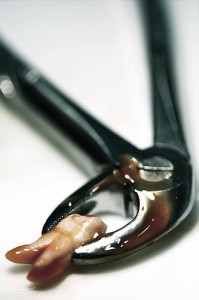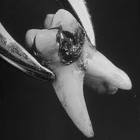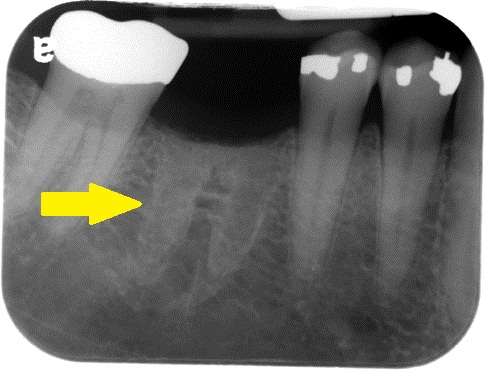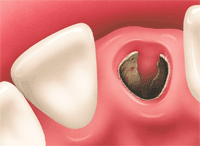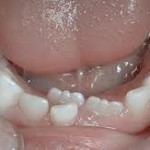Teeth extractions are usually done to relieve dental pain or remove loose teeth. However even though your initial problem is solved, you have to take care of the tooth socket which the tooth was extracted or further complications may follow.
Post-operative care instructions would normally be provided by the dentist, in which you will have to follow. If there are any complications after your tooth extraction, always consult your dentist. Do not wait till the problem worsen. Continue reading
